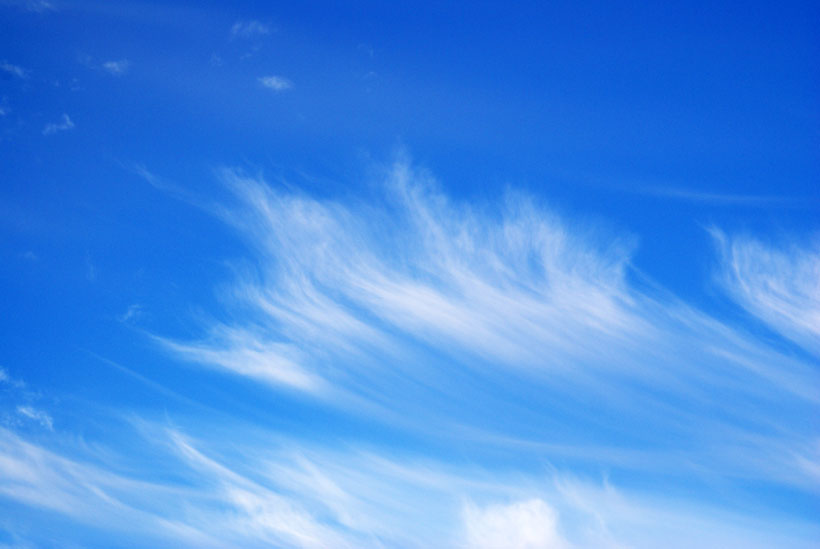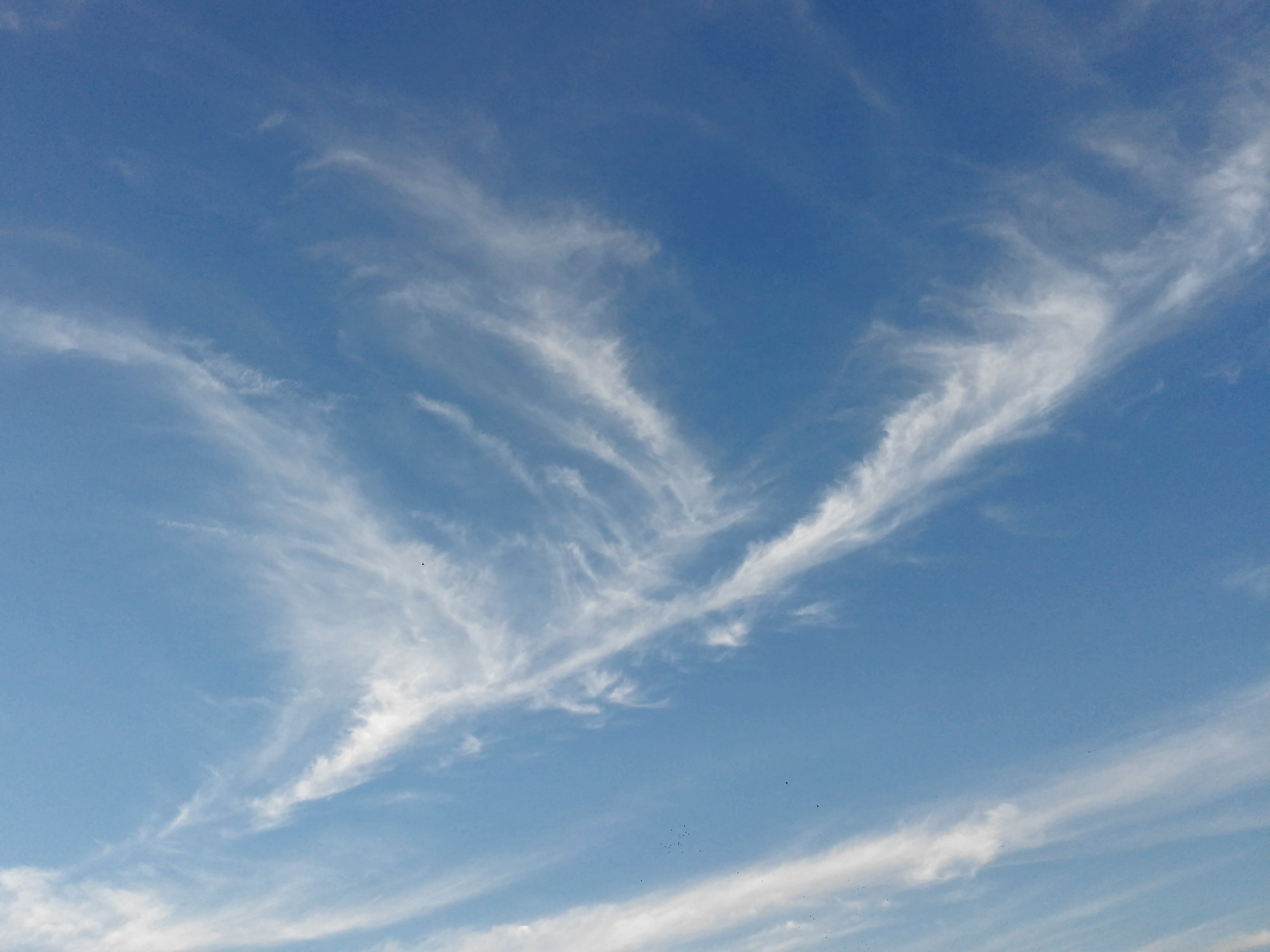


So, we’re really trying to understand both the water cycle and climate from the perspective of the atmosphere.” “If our water resources change dramatically, that has huge consequences on our food production, land and resource utilization, things like that. The cloud-formation mechanism described in the journal paper highlights the intricate interplay between human activities, the environment, and natural resources, such as rainfall. “The clouds also affect precipitation, which has an obviously large role in agriculture and human activities. “Everybody’s heard of greenhouse gases and global warming, but I don’t think many understand that clouds are a big player in climate change, too,” Cziczo said. The research was published in Nature Communications on October 1, 2020. “If the levels of these organic aerosols change, we’ll now have a better understanding of what effects this will have and be able to use this information in global climate models.”Ĭziczo and the other authors of the paper were able to take data supplied by other researchers on the project and use it to create cirrus-like ice clouds in his Purdue laboratory, and then analyze the results using a specialized spectrometry instrument. “This data will help us better predict how activities such as deforestation or reforestation will affect the world’s climate, because these secondary organic aerosols are derived from plants,” Cziczo said. Scientists knew that particles in the air from smoke and auto emissions would influence the creation of clouds, but this new research spotlights the importance of volatile emissions from plants and organic material, which the scientists call “secondary organic aerosols.” “This paper tells us how particles in the atmosphere, whether from natural or human-made sources, can impact clouds in a way that we previously didn’t understand.”

“These clouds have an effect on climate and precipitation - things we humans care deeply about,” he said.


 0 kommentar(er)
0 kommentar(er)
